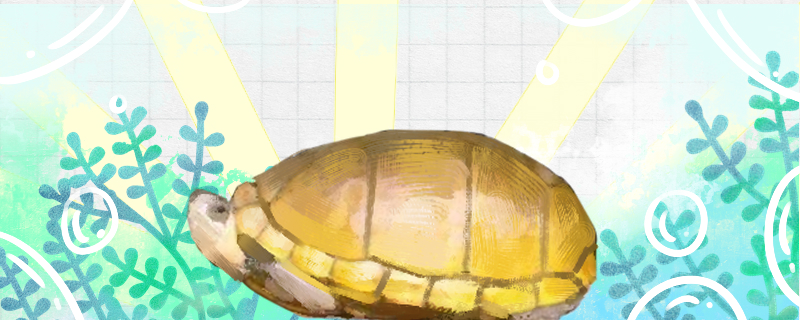
The Alamo mud turtle belongs to a kind of turtle that can be raised artificially. Their breeding difficulty is relatively low. It is a kind of turtle that is easy to raise. Alamo mud turtles are very adaptable to the environment, and their resistance to disease is also good, usually not easy to get sick. Therefore, these characteristics are the reasons why they are easy to raise, and novice breeders can also try to breed them. However, it should be noted that they are relatively sensitive in the juvenile stage, at this time a little attention is generally no problem.
1. Space: When raising the Alamo mud turtle, first prepare a container with enough space, both an aquarium and a glass fish tank. The layout of the tank should have both land and water, and a sunning platform should be placed on which they can bask and rest. Some green plants, sandstone and water plants can be reasonably arranged around the sunning platform to provide them with a rich and ornamental habitat.
2. Feeding: The Alamo mud turtle is an omnivorous reptile with a wide variety of foods. Its food is mainly meat, such as insects, fish and shrimp, etc; If you want to feed fruits and vegetables, try to choose something that smells sweet, such as bananas, apples, carrots and so on. Need to choose a variety of different foods to feed, feed once a day, pay attention to the amount of feeding is not too much, do not feed too full.
3. Temperature: Keeping the temperature suitable is a very important issue for the Alamo mud turtle, and the temperature directly affects their health. The optimal temperature for their growth and development should be between 23 and 29 degrees. When the temperature is too low in winter, heating rods can be used to adjust the appropriate temperature.
4. Water quality: In the process of raising the Alamo mud turtle, the water quality environment is crucial. We should pay attention to changing water regularly once a week, not all, but only about one third of the total water volume. Usually also need to carefully observe, if found in the tank food residue or excrement, to clean up in time to maintain good water quality.